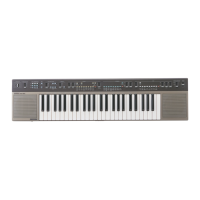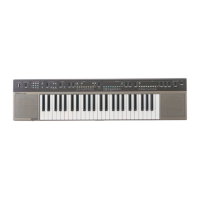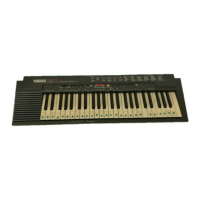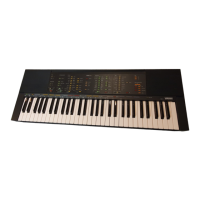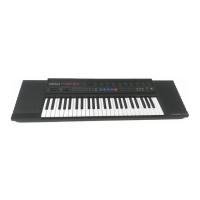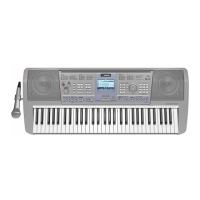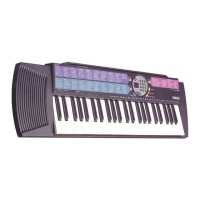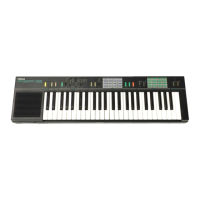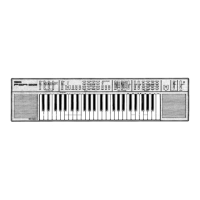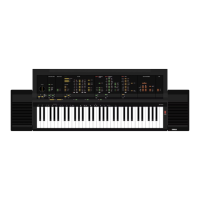
Do you have a question about the Yamaha PortaTone PS-6100 and is the answer not in the manual?
| Brand | Yamaha |
|---|---|
| Model | PortaTone PS-6100 |
| Keyboard | 61 keys |
| Polyphony | 12 notes |
| Voices | 100 |
| Effects | Reverb, Chorus |
| MIDI | Yes |
| Speakers | Yes |
| Power Consumption | 12W |
| Display | LCD |
| Type | Electronic Keyboard |
| Power Supply | AC adapter or batteries |
Guide to begin playing using the orchestra voices.
Guide to selecting and using solo voices for varied sounds.
Adding dynamic rhythm accompaniment to melodies.
Features for automatic bass and chord accompaniment.
Adding harmonizing notes to melodies.
Creating and saving custom drum patterns.
Functionality and advantages of the Music Programmer.
Procedure for recording chord sequences into memory.
Steps for recording a melody into memory.
How to record your own original bass lines.
Connecting external audio sources and systems.
Connecting to other MIDI devices for synchronized performance.
